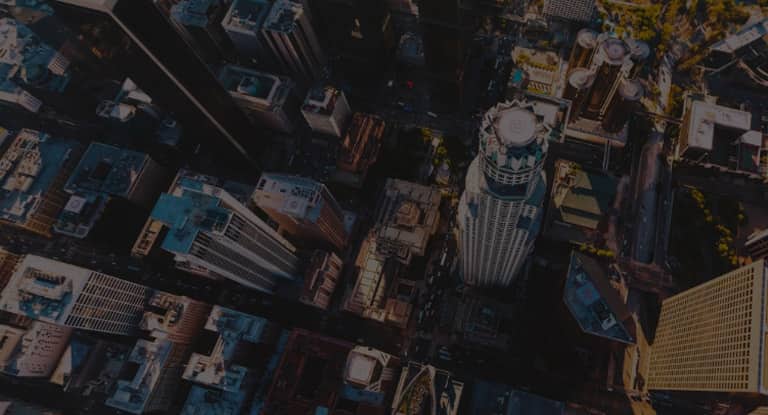The first example of copyright law in the United States was the Copyright Clause of the U.S. Constitution. It stated that all authors would be granted exclusive rights to their respective writings in order to promote the expansion of general knowledge.
As time progressed, other works of art were added to copyright law. This included paintings, designs, music and photographs. The history of copyright law since then has shown us that the term “writings” was not limited to written documents. The Copyright Act of 1976 determined that “works of authorship” include literary, musical and dramatic works; pantomimes and choreographic works; pictorial, graphic and sculptural works; motion pictures and other audiovisual works; sound recordings; and architectural works. See 17 U.S. Code § 102.
Descriptions of Works That Are Covered Under Copyright Law
A literary work is classified as any work “expressed in words, numbers, or other verbal and numerical symbols regardless of the nature of the material objects, such as books, cards, or manuscripts.”
Musical works refer to any music and accompanying lyrics, regardless of how it is transmitted, whether it is through sheet music or a vinyl record.
A dramatic work refers to a story that is portrayed through dialogue and acting. A dramatic work also has direction in its story and performance. This type of work can be copyrighted regardless of whether it is performed on stage or in film.
Pantomimes and choreographic works include “the composition and arrangement of dance moves and patterns, usually accompanied by music.” They do not, however, include social or cultural dances. This type of work is copyrightable through fixed tangible means such as photographs and written descriptions.
Pictorial, graphic and sculptural works simply refer to any two or three-dimensional works of art that are expressed in fine, graphic and applied art. This includes photographs, maps and actual sculptures.
Motion pictures and audiovisual works refer to movies and any other work that “consists of a series of related images accompanied by sounds that are shown by machines such as projectors and viewers.”
Sound recordings are classified as works that are a fixation of a series of musical, spoken or other sounds but do not accompany a motion picture. Sounds recordings can be expressed through any tangible means such as disks or tapes.
Architectural works refer to the “design of a building as embodied in any tangible medium of expression, including a building, architectural plans, or drawings.” See 17 U.S. Code § 101.
How to Determine if Your Work Is Classified as a Writing Under Copyright Law
With the expansion of the term writings, it is natural to wonder what all of these works have in common. To be classified as a writing under copyright law, a work must meet three requirements:
- Originality. The term “originality” refers to the originating source of the work, not to any specific standard of value. For a work to be deemed original, its expression must have originated with the author. It also cannot be copied from any other source.
- Expression. The term “expression” is used to limit what is copyrightable as opposed to expanding on it. The Copyright Act specifically states that it protects actual expressions, not the ideas, concepts or procedures that go into these expressions. Therefore, copyright protection only extends to the unique, tangible elements that the author has contributed to the work.
- Fixation. The last term “fixation” requires any copyrightable work to be “fixed in a tangible medium of expression.” This means that the work must be in a tangible, permanent state that would allow it to be reproduced or communicated.
Contact a Los Angeles Intellectual Property Attorney for a Free Case Evaluation
With the wide variety of works that can be copyrighted, it is important to understand whether you have the legal ability to copyright your work and protect it. If you are in the process of copyrighting your work, or you believe someone may be trying to copyright your own work, then you should consult an intellectual property attorney in Los Angeles to learn more about your rights.
